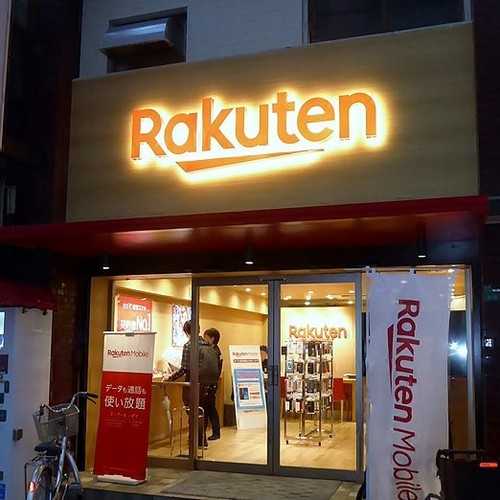
Japan's Rakuten said NEC – a fellow Japanese company – will supply its 5G core. The news is notable considering Rakuten is widely regarded as being on the forefront of the industry's move toward virtualized, cloud-native, open wireless networks, and therefore its vendor selections represent an important signal to the wider industry.
And Rakuten's selection of NEC as its 5G core supplier means that the Japanese vendor will power the "brains" of Rakuten's 5G network. The 5G core will run everything from network slicing to edge computing, a situation that has attracted a wide range of vendors – including Microsoft, Huawei, Oracle, Cisco and Ericsson – to the 5G core market.
Further, Rakuten has made no secret about its plans to sell its underlying network platform to other operators, governments and enterprises in Japan and elsewhere, and so the vendors it works with on its Japanese wireless network will therefore likely be included in those international efforts as well.
NEC is one of a wide range of upstart vendors powering Rakuten's mobile network in Japan; other vendors include Allot, Ciena, Cisco, Innoeye, Intel, Mavenir, Netcracker, OKI, Qualcomm, Quanta, Red Hat, Tech Mahindra and Viavi. In terms of the 4G network that Rakuten launched in April, Nokia supplies the radios and Altiostar supplies the open RAN management software. For the 5G network that Rakuten plans to launch in September, NEC will supply the 3.8GHz MIMO radios, Airspan will provide the 28GHz radios, and Altiostar will supply the Open RAN management software.
Nokia also supplies Rakuten's 4G IMS core for its VoLTE service, while NEC will supply its 5G core. According to research and consulting firm Dell'Oro, the market for mobile network cores grew 10% year-over-year to nearly $8 billion in the first quarter of 2020.
In a press conference this evening, Rakuten's CTO Tareq Amin described the company's NEC-supplied 5G core as containerized, cloud native and open.
In addition, Rakuten CEO Mickey (Hiroshi) Mikitani pointed out with distinct pride that he sees the two Japanese companies as challenging the status quo in the global wireless industry.
Rakuten has previously said it expects to spend around $5.4 billion constructing its 4G network and another $1.8 billion upgrading to 5G. The company has so far deployed 4,738 4G basestations and eventually hopes to deploy 45,000 4G basestations and some 35,000 5G ones to cover 96% of the Japanese population.
Rakuten's pending 5G launch will essentially cap the operator's transition from an ecommerce giant into a mobile network operator. But that doesn't represent the company's end goal.
Next up for the company is the launch of its Rakuten Communications Platform (previously referred to as the Rakuten Mobile Platform). The platform stretches from the software powering its 4G and 5G antennas to the OSS and BSS systems handling its customer billing and activation systems to its edge computing and autonomous network management functions. Rakuten plans to sell the platform worldwide.
Company officials this week said Rakuten expects to have a RCP "proof of concept" launched by the third quarter of this year. The company believes customers will include enterprises, government agencies and mobile network operators – both new and old, and small and big – will be interested in purchasing its RCP.
— Mike Dano, Editorial Director, 5G & Mobile Strategies, Light Reading | @mikeddano
Read more about:
AsiaAbout the Author(s)
You May Also Like











